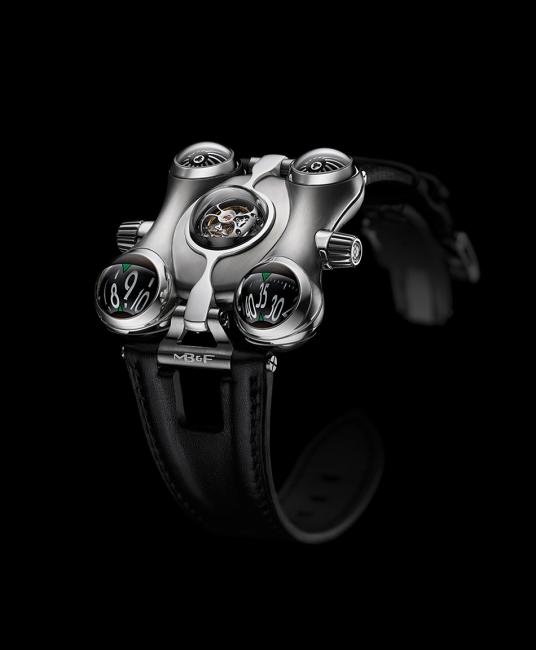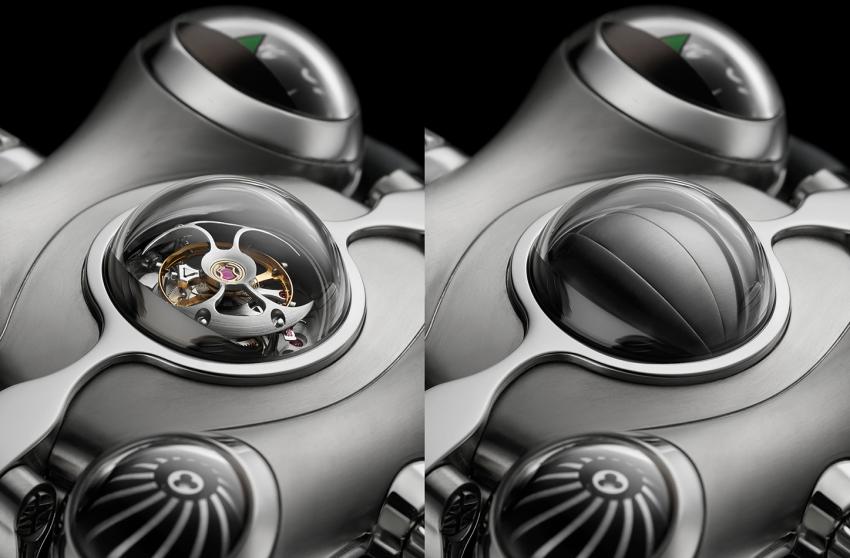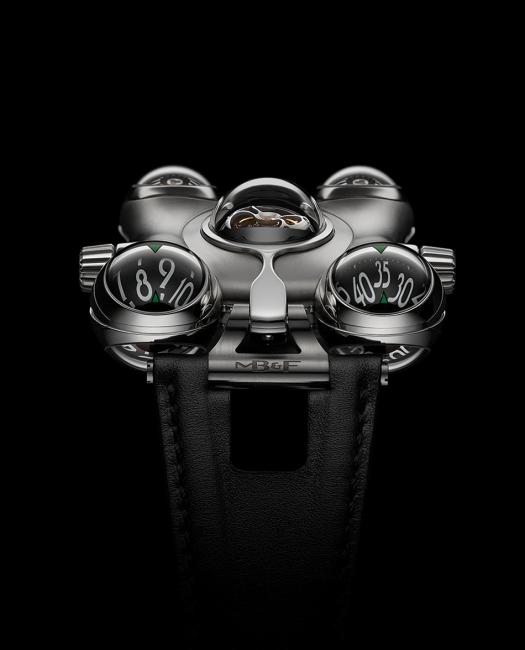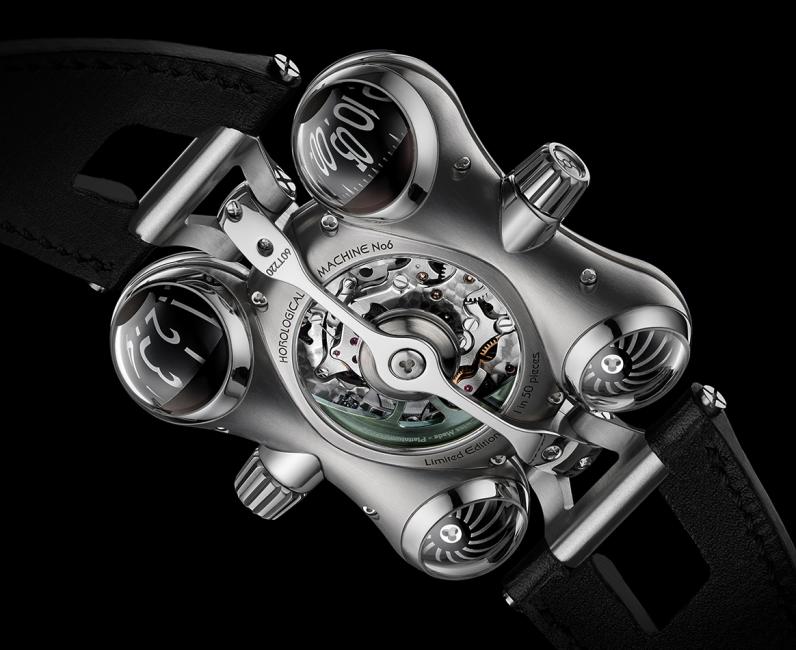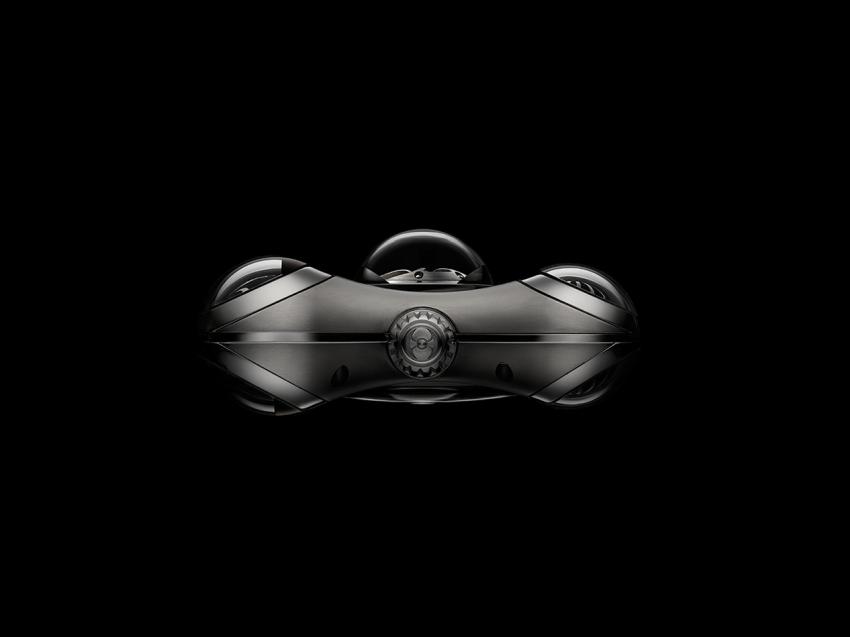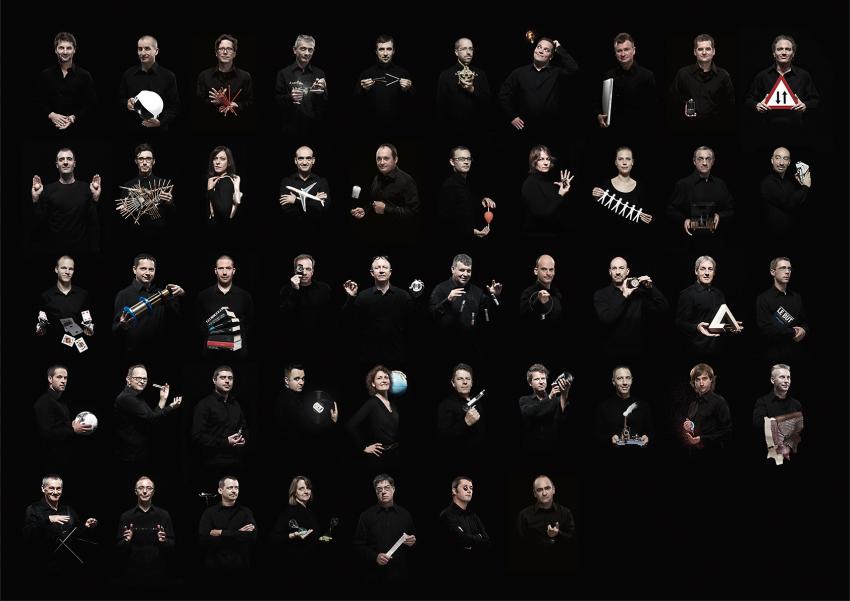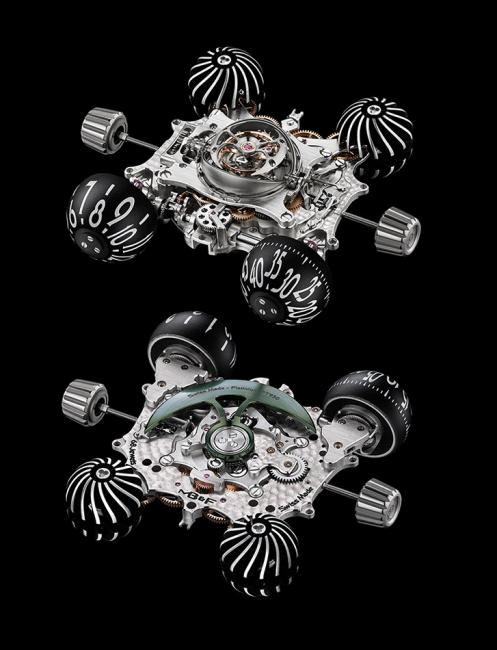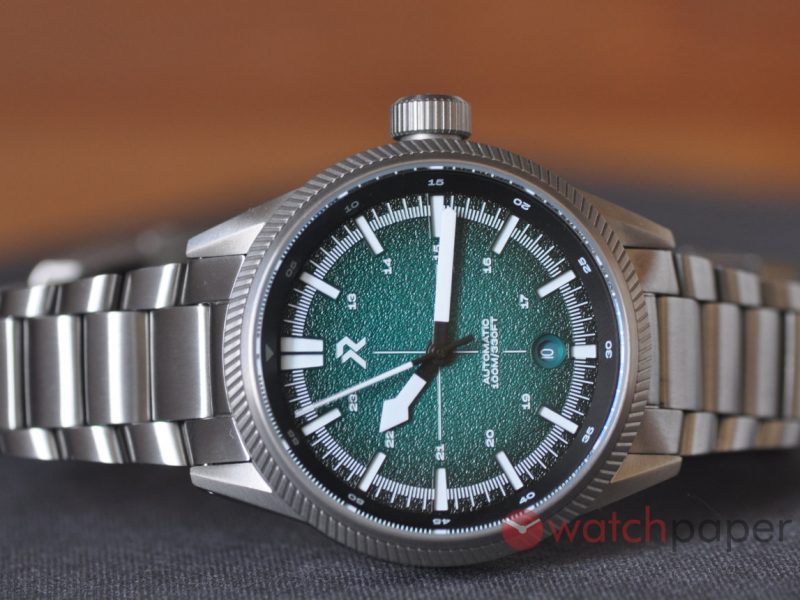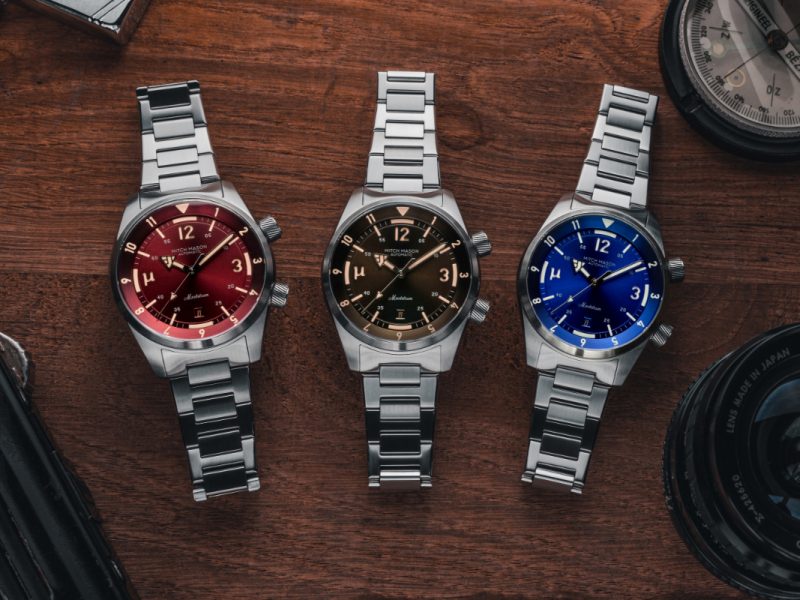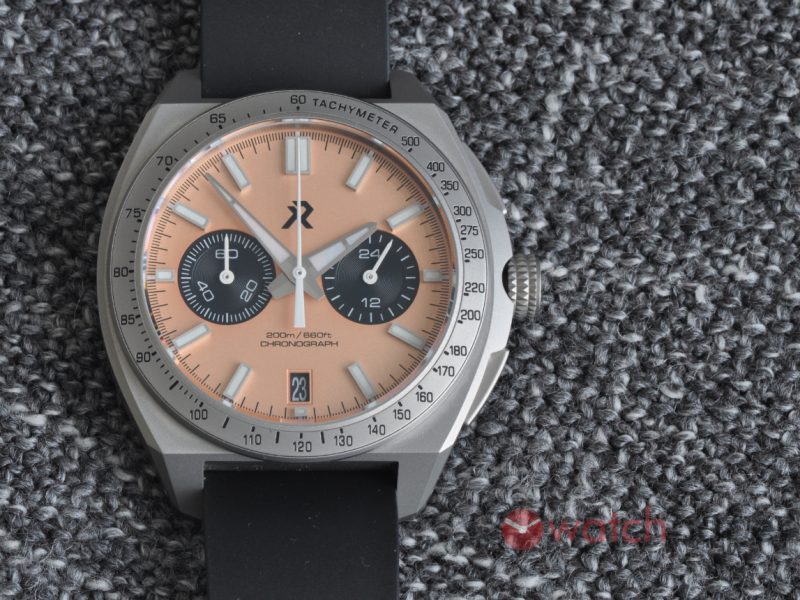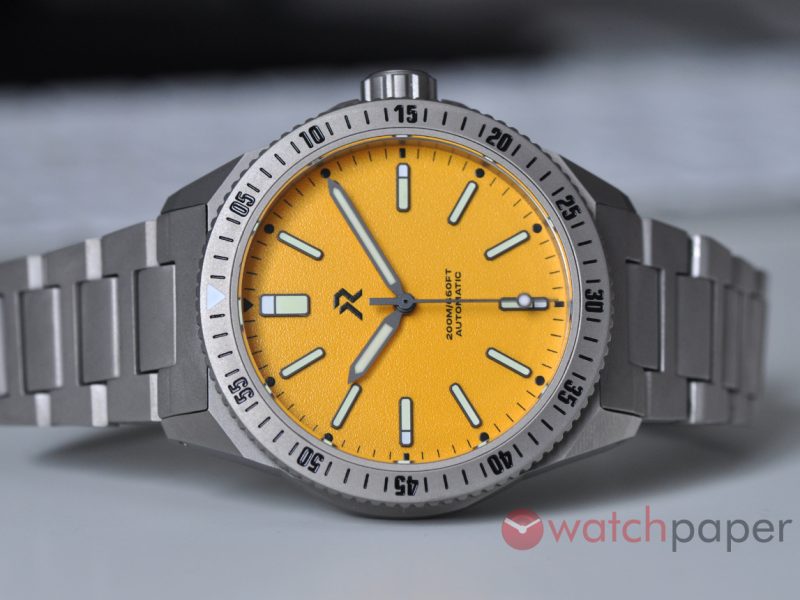MB&F Horological Machine No 6 – a space pirate on your wrist
A couple of days ago, Maximilian Büsser & Friends (MB&F) unveiled their latest masterpiece, the HM6 Space Pirate, a timekeeping sculpture inspired by the a Japanese anime TV series from Maximilian Büsser’s childhood: Capitaine Flam (Captain Future in English).
The curved lines of the biomorphic case (design elements based on the shapes of living organisms) is dominated by a central flying tourbillon, high above the movement, developed specifically for HM6.
The flying tourbillon can be protected from UV radiation, which speeds up oxidation of lubricating oils in the escapement and movement, by a retractable spherical shield that envelopes the tourbillon with six overlapping, curved blades operated by a crown on the left side of the case. These blades are paper-thin and had to be machined from a solid ingot of titanium. The blades can be opened or closed with the help of the crown situated at 9 o’clock.
At each of the four extremities of the HM6, there are four spheres, capped top and bottom by transparent sapphire crystal domes. Up forward, two semi-spherical indications rotate vertically (90° to the Engine), respectively displaying hours and minutes in large, highly legible numerals.
The other two, are encasing two horizontally spinning turbines that are driven through multiplying gearing by the automatic winding rotor. Apart from being eye-catcher, they are automatically regulating the winding system in case of excessive speed to reduce stress and wear. These turbines, each composed of 15 curved vanes, machines in two hemispheres from aluminium.
While the transparent cupola on top of HM6 Space Pirate offers a tantalising glimpse into the sophisticated Engine below, the sapphire crystal display portal on the back reveals more of the 475 finely finished components making up the highly complex movement, which required over three years of development. Also visible through the display back is part of the winding mechanism and the high-grade platinum 950 winding battle-axe rotor.
Talking of cupola, there are no less than ten sapphire crystals on the HM6, including two domes each (top and bottom) on the time indications and turbines. Each dome was first machined from a solid block of sapphire crystal. Quite a challenge considering that after diamond, sapphire crystal is the second hardest naturally occurring mineral on earth and is an incredibly demanding material to shape into complex forms.
After machining each block of sapphire inside and out with diamond tipped tools to create perfectly shaped domes with walls of uniform thickness – the slightest inconsistencies would result in disconcerting optical distortions – the domes, which are translucently frosted after machining, have to be highly polished, both inside and out, to make them transparent.
With its lightweight titanium case and spherical corners, HM6 comfortably hugs wrists of all sizes.
As with other MB&F watches, behind the HM6 there is a whole team experts and masters of their field:
Concept: Maximilian Büsser / MB&F
Product design: Eric Giroud / Eric Giroud Design Studio
Development and production management: Serge Kriknoff / MB&F
R&D: Guillaume Thévenin and Ruben Martinez / MB&F
Movement development: MB&F with David Candaux
Case: MB&F and Fabien Chapatte and Riccardo Pescante / Les Artisans Boitiers
Profile-turning wheel / pinion / axis: Yann Le Martret /mudec
Steel spring + turbine aluminium: Alain Pellet / Elefil
Tourbillon: Dominique Lauper / Precision Engineering
Retractable shield: Benjamin Signoud / AMECAP
Plates and bridges: Rodrigue Baume / Damatec, Georges Auer / Mecawatch, Benjamin Signoud / AMECAP
Platinum winding rotor: Denis Villars / Cendres et métaux
Hand-finishing of movement components: Jacques-Adrien Rochat and Denis Garcia / C-L Rochat
Movement assemblage: Didier Dumas, Georges Veisy, Anne Guiter and Emmanuel Maitre/ MB&F
In-house machining: Alain Lemarchand / MB&F
After-Sales service: Florian Courbat / MB&F
Quality Control: Cyril Fallet / MB&F
Buckle construction and production: Dominique Mainier and Bertrand Jeunet / G&F Châtelain
Specific crown of the shield mechanism: Jean-Pierre Cassard / Cheval Frères SA
Sapphire glass / Prism: Martin Stettler / Stettler Sapphire AG
Metalisation glace saphir H/min + dome : Jean-Michel Pellaton and Gérard Guerne / Bloesch SA
Hour and minute semi spherical: Maurizio Cervellieri / Natéber
Strap: Olivier Purnot / Camille Fournet
Presentation case: Olivier Berthon / ATS Développement
Production logistics: David Lamy and Isabel Ortega / MB&F
The HM6 is limited to 50 pieces and it is priced at $230,000.
To find out more about MB&F, head over to www.mbandf.com


